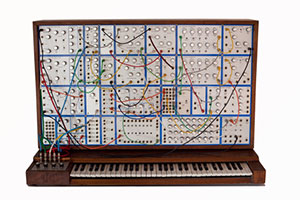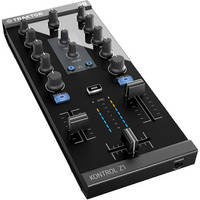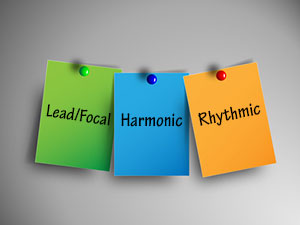
I talk a lot about virtual instruments on this site – see Virtual Instruments articles at: Articles With “Virtual Instruments” Tag.
Today I watched a video about a VST virtual instrument, usually referred to as a VSTi, called Sylenth1. It’s been around for awhile and has a reputation as one of the best sounding software synthesizers around. The Sylenth1 emulates the hardware synthesizers that people (I never had one) use to create their own sounds. This is as opposed to virtual instruments that are actual specific instrument recordings – say, a trumpet – that you can trigger via MIDI on your computer. Synthesizers use sound-generators called oscillators or single-source waveforms. Then you can combine, change, mash, distort, etc. these sounds to create your own sounds. That is what the Syleth1 is.
Below is a video from the YouTube Channel BeatsforBeets showing you how to create pads for trance music using Sylenth1. Note that even though this video uses FL Studio as the recording software hosting the Sylenth1 VSTi, you can use Sylenth1 in any DAW that can host a VSTi, which is just about all of them on Windows, including Reaper, and ProTools.
 Traktor is softwre for DJs that allows them to control multiple hardware DJ decks, do remixes, loops, etc. Se our post
Traktor is softwre for DJs that allows them to control multiple hardware DJ decks, do remixes, loops, etc. Se our post  I just read a really good article on mixing music. The focus was different from what is normally talked about when mixing. Usually you hear things like pan the bass track, the kick drum track, and the lead vocal track, to the center of the mix. The pan the other tracks out from there to create stereo. Add this kind of EQ, compression, reverb, etc. to that kind of track, and on and on. But the article I mentioned talked mainly about “groups” rather than tracks.
I just read a really good article on mixing music. The focus was different from what is normally talked about when mixing. Usually you hear things like pan the bass track, the kick drum track, and the lead vocal track, to the center of the mix. The pan the other tracks out from there to create stereo. Add this kind of EQ, compression, reverb, etc. to that kind of track, and on and on. But the article I mentioned talked mainly about “groups” rather than tracks.